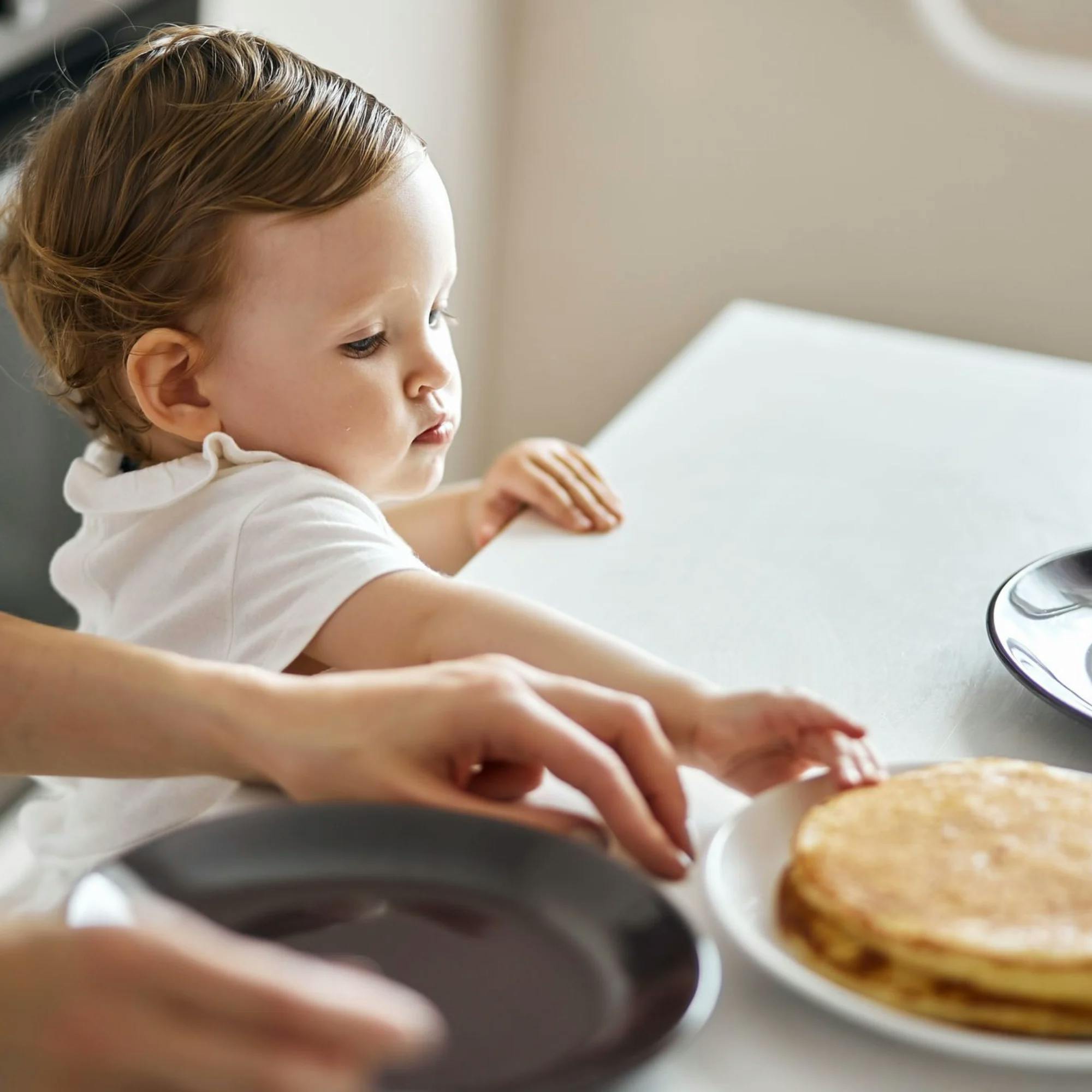Using Functional Words to Help Your Toddler Learn to Talk
This video lesson is part of our Small Talk course, created by licensed speech-language pathologists and hosted by Expressable's Chief Clinical Officer Leanne Sherred, M.S., CCC-SLP. Small Talk teaches you simple strategies to help your newborn to 18-month-old learn to communicate. Featuring expert, research-backed tips and techniques, plus demonstrations from a real mom and her toddler.
Video transcript:
Thank you so much for joining me today. I’m so excited to discuss one of the most important techniques you can use to grow your baby’s language abilities: functional words.
As your little one begins labeling and requesting more frequently, you will hopefully see your child’s vocabulary start to expand. While adding any new word to a child’s vocabulary bank is important, at this stage we want to place an emphasis on teaching what I call functional words.
Functional words are words that your child uses in everyday situations in order to express their most wants or needs.
While learning colors, or descriptive words like “big” and “small” are important, teaching functional words are often the first types of messages that children communicate to express their most basic desires.
These could be “I want that” or “hurt” or “bathroom.” They could include the names of family members, different places your child enjoys going, favorite foods - anything that is really important to them! We’ve included a comprehensive list of functional words in our resources section.
Your child will learn functional words much like they learned how to label or request. They will need you to teach them these words and model them frequently, which will encourage them to imitate and eventually use them independently on their own.
Infants and toddlers begin using words to label, request, and eventually to comment. The ability to use words for a variety of purposes in any given moment helps ensure that your child can communicate whatever they need to say.
Let’s say your child sees rain out the window and would like to let you know that it’s raining. In this case, they need to know the word “rain” in order to comment on what is happening. Or if they see a plane in the sky and want you to look, they may point and say, “plane!” in order to help you look at what they see.
Your child’s ability to comment on their observations plays a foundational role in their emerging conversational skills. And to do this, they need a growing vocabulary of words that they can use.
As your baby moves through the 12-18 month mark, you can then begin expanding the scope of the different words you’re teaching. By now, it’s likely that you’ve largely focused on teaching your baby nouns when helping them label items. At this stage, they’ll start to benefit from learning new actions words, like eat, run, sleep, and descriptive words, such as big, little, hot, cold.
To practice, select some play tasks that your child already enjoys. Working vocabulary practice into play is a simple and fun way to help grow your child’s receptive and expressive vocabulary. Remember, receptive vocabulary refers to the words that a child understands, and expressive vocabulary refers to the words that a child uses verbally.
If you are at the park with your little one and they are running, narrate what they are doing. “Run! You run fast!” If you are playing with a toy kitchen, when opening the oven door you can tell your baby, “Hot! The oven is hot! Don’t touch it!” Or when getting them a cold drink of water you can say, “Cold! Your water is cold!”
Even the simplest activity can be a perfect opportunity to teach your baby. Over time, your child should imitate these words and eventually use them on their own. You may have a chatty little toddler on your hands in no time!







